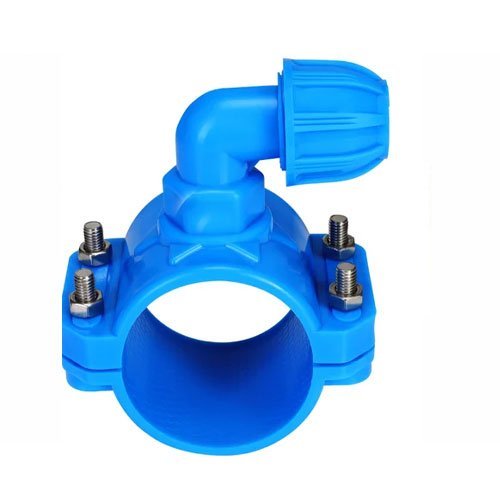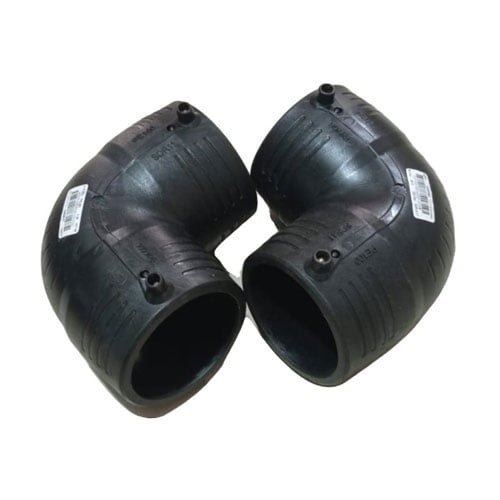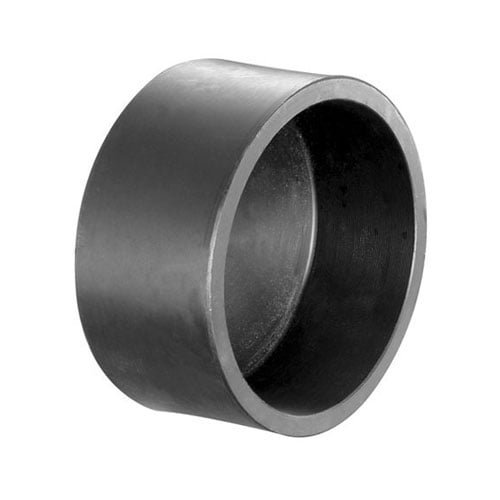In the realm of modern infrastructure, innovation is the cornerstone of progress. Among the many advancements that have reshaped the landscape of construction and plumbing, High-Density Polyethylene (HDPE) electrofusion pipe fittings stand out as a testament to ingenuity and efficiency. This technology has not only revolutionized the way we construct pipelines but has also significantly enhanced durability, safety, and cost-effectiveness in various applications. Let’s delve into the fascinating journey of the development of HDPE electrofusion pipe fittings and explore the transformative impact they have had on the industry.
The Genesis of HDPE Electrofusion Technology:
HDPE, a versatile thermoplastic polymer renowned for its strength, flexibility, and resistance to corrosion, has long been favored in the construction of pipelines. However, the traditional methods of joining HDPE pipes, such as butt fusion or mechanical fittings, often posed challenges in terms of installation time, integrity, and reliability. Recognizing these limitations, engineers and researchers set out to devise a more efficient and robust solution.
The development of electrofusion technology marked a significant milestone in this quest for innovation. Electrofusion involves welding HDPE pipes and fittings together by applying electric current and heat, resulting in seamless, leak-proof joints. This method eliminates the need for additional materials like solvents or adhesives, streamlining the installation process and ensuring superior strength and integrity.
Key Features and Benefits:
The adoption of HDPE electrofusion pipe fittings has brought about a multitude of benefits that have reshaped the landscape of pipeline construction:
- Seamless Integration: Electrofusion welding creates joints that are as strong as the pipes themselves, ensuring leak-proof connections and minimizing the risk of failures or ruptures.
- Versatility: HDPE electrofusion fittings come in a wide range of shapes and sizes, allowing for greater flexibility in designing and configuring pipelines to suit specific project requirements.
- Rapid Installation: The simplicity and speed of electrofusion welding significantly reduce installation time compared to traditional methods, translating into cost savings and improved project efficiency.
- Durability and Longevity: HDPE’s inherent resistance to corrosion, abrasion, and chemical damage, coupled with the strength of electrofusion joints, results in pipelines that can withstand harsh environmental conditions and provide decades of reliable service.
- Environmental Sustainability: HDPE is a recyclable material, and electrofusion welding produces minimal waste, making it an eco-friendly choice for sustainable infrastructure development.
Applications Across Industries:
HDPE electrofusion pipe fittings have found widespread adoption across various industries and applications:
- Water Distribution: Municipalities and utilities rely on HDPE pipelines for water distribution networks due to their corrosion resistance and longevity.
Gas Transmission: The integrity and leak-proof nature of electrofusion joints make HDPE an ideal choice for transporting natural gas and other combustible fluids. - Mining and Industrial Applications: HDPE pipes and fittings are used extensively in mining operations and industrial facilities, where durability and resistance to chemicals are paramount.
- Agriculture: Farmers benefit from the versatility and ease of installation of HDPE pipelines for irrigation systems, drainage, and livestock watering.
Future Prospects and Innovations:
As technology continues to evolve, the development of HDPE electrofusion pipe fittings is poised to reach new heights. Innovations such as smart fittings equipped with sensors for monitoring pressure, temperature, and flow rate offer enhanced functionality and predictive maintenance capabilities. Furthermore, advancements in materials science may lead to even stronger and more lightweight HDPE formulations, further expanding the scope of applications and improving overall performance.
The journey of HDPE electrofusion pipe fittings from concept to widespread adoption epitomizes the spirit of innovation driving the infrastructure sector forward. By combining the inherent properties of HDPE with the efficiency of electrofusion welding, engineers have unlocked new possibilities in pipeline construction, paving the way for safer, more durable, and sustainable infrastructure solutions. As we look to the future, the continued advancement of this technology promises to reshape the landscape of construction and engineering, leaving a lasting legacy of progress for generations to come.







